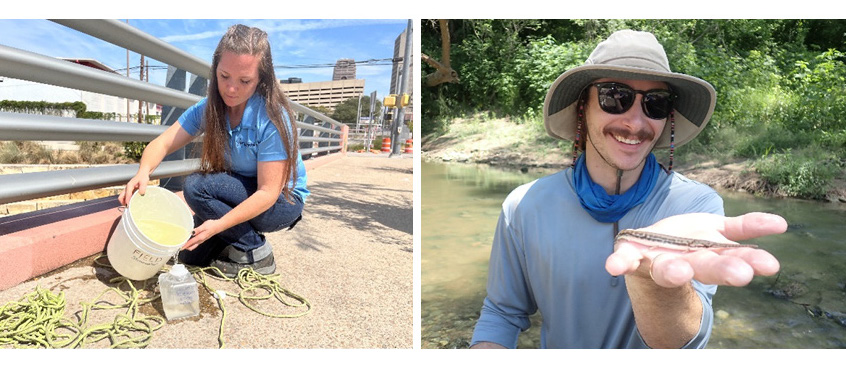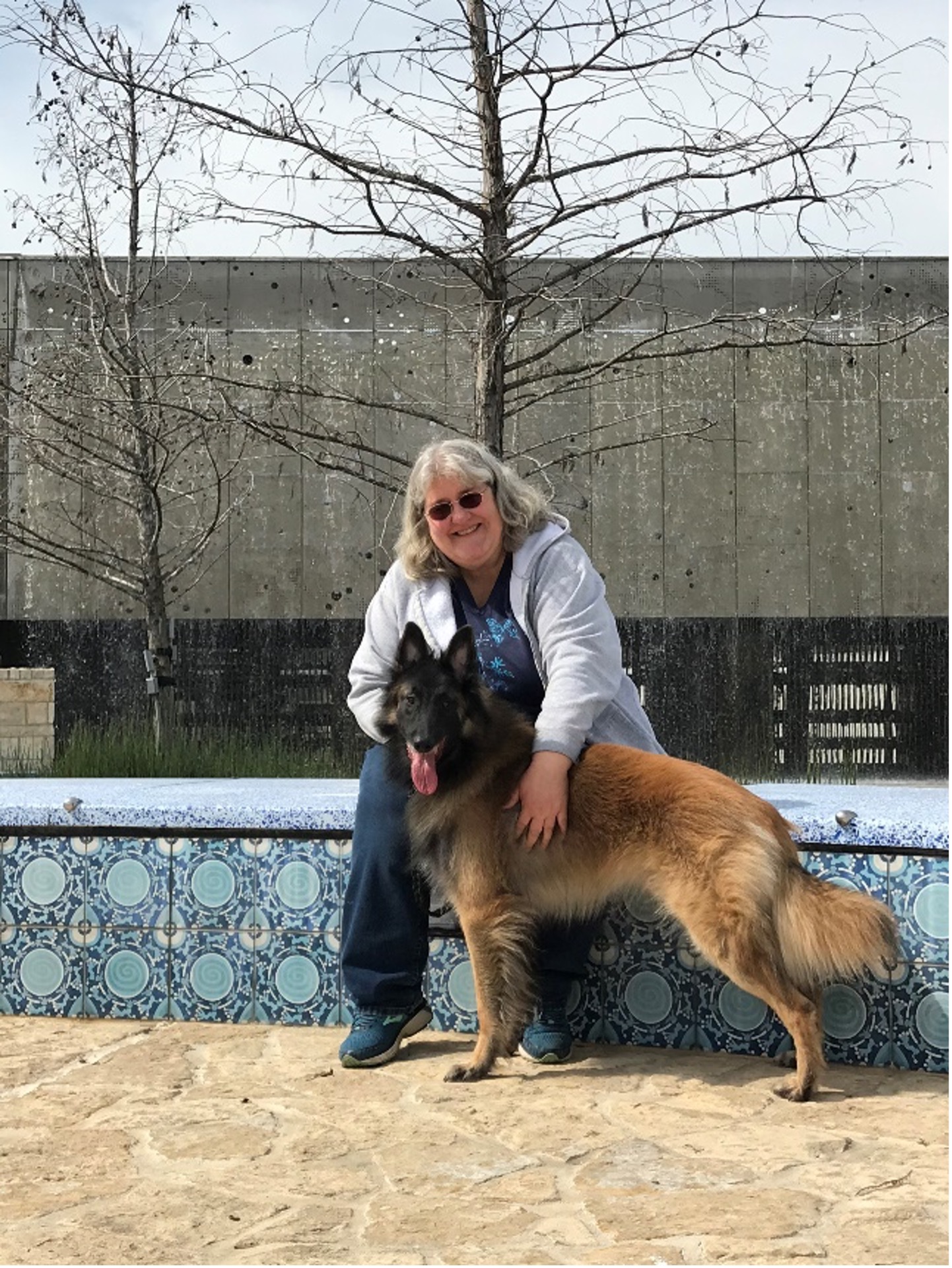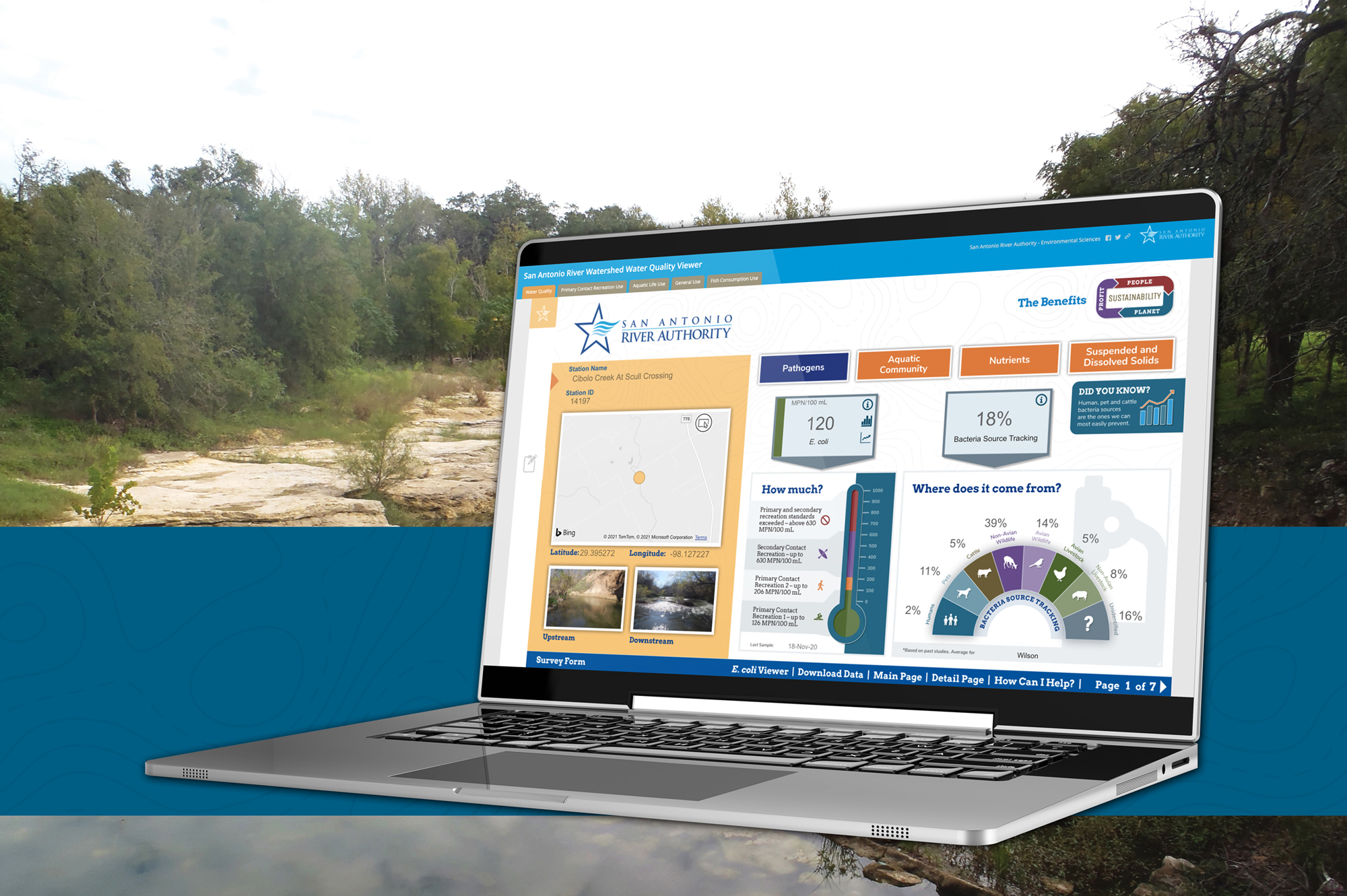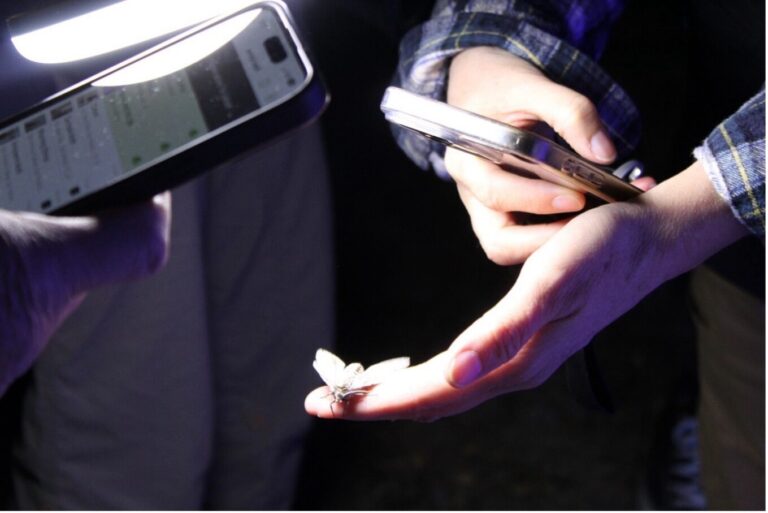Last Updated on January 30, 2024
The “My River POV” series provides readers the opportunity to learn about the unique insight and experiences of the San Antonio River Authority (River Authority) staff and their personal connection to the San Antonio River in hopes of inspiring stewardship of area creeks and rivers.
Rebecca Reeves, Senior Quality Assurance/Monitoring Scientist
How does your team help to keep the river safe, clean, and enjoyable?
I supervise quality assurance water quality monitoring in the Environmental Sciences Department. Quality assurance staff audits and reviews data collected by our scientists to see if it is correct and makes sense according to the plans written for each project. The quality assurance process that we provide is not only for the River Authority but also for external partners. Their data is reviewed before it is released from our laboratory, and it always has the signature of a River Authority quality assurance staff.
The water quality monitoring team monitors water quality, stormwater pollution, aquatic communities (fish and macroinvertebrates), and riparian areas. They perform the essential first step of collecting samples and bringing them into the lab for analysis. Data measured in these samples tell us about the river’s aquatic health and the cleanliness of our local waterways. This information is critical to implementing plans and solutions for reducing river pollution. As Edward Deming, the father of quality control, said, “If you can’t measure it, you can’t manage it.”

A River Authority scientist and biologist collect data in the field.
I’m also the River Authority’s Texas Clean Rivers Program (CRP) project manager. The CRP is a statewide program administered by the Texas Commission on Environmental Quality (TCEQ) to collect quality data for making decisions about Texas’ waterways. Most people think of the San Antonio River as located only in the City of San Antonio, where there are lights and sidewalks. However, much of the river is rural and scenic. River Authority staff and our CRP partners monitor from the North Prong of the Medina River in Bandera to the San Antonio River on the Refugio and Victoria County Line—over 200 miles away. The TCEQ evaluates this data and produces a report highlighting what is going well and what is not, and comes up with implementation plans with the assistance of citizen stakeholders. Then, we start implementing the recommendations in the plan. Although I’m the project manager, we all do our part in the department to collect and provide this data to TCEQ. The CRP will continue to monitor the changes in our rivers and help us improve their health.
How did you come to work for the River Authority?
I was born in Austin, but my family moved to San Antonio when I was one year old. I have a degree in Geology and graduated just in time for the oil bust of the 1980s when jobs in the field were relatively scarce. I knew I would enjoy a career in science, so I applied for a Wastewater and Lab Technician job with the River Authority at Salitrillo Wastewater Treatment Plant running analysis on water. The initial plan was to stay for only two years, but I realized how important the work was and that I could see a future at the River Authority. I then moved over to the Environmental Sciences Department, first in the lab, then in quality assurance, and finally in project management. I’ve now been with the River Authority for over 35 years.
You said you were raised in San Antonio. Did you ever spend time near the San Antonio River growing up?
I grew up spending plenty of time in nature when I was younger. I swam and fished at the Nueces, Blanco, and Guadalupe Rivers but never the San Antonio River due to the pollution there. I remember going with my father, a USGS hydrologist, one day to see the San Antonio River at Camino Coahuilteca near Mission Espada. The water was black with bubbles of sulfur sulfide. When you look at it today, though, it’s absolutely stunning. We have come a long way toward improving the water quality in the San Antonio River. Most days, the water is clear, and E. coli levels are within the TCEQ’s stream standard. We are very close to meeting the swimming standard in that spot due to the work of River Authority staff and agencies like the San Antonio Water System (SAWS) and TCEQ.

Rebecca and her dog Snickers at San Pedro Creek Culture Park.
Why do you enjoy working for the River Authority?
There are many things I enjoy about working for the River Authority. One of those is feeling like our work helps improve the river’s ecology. I also love working with our staff; we have some fantastic young scientists, and I’ve been fortunate to have many excellent supervisors. As a self-proclaimed science geek, I enjoy working in a scientific field. When I started at the River Authority, it was a small organization, and I had the opportunity to wear many hats in the Environmental Science Department. I fondly remember going out into the field and electrofishing with fellow scientist Ernie Moran, another long-time employee of the River Authority.
How can we preserve the river for future generations?
When I started at the River Authority, we were mainly involved in flood protection and wastewater utilities. We are still engaged in these areas today, but we have also built parks and are bringing people closer to the river. We are also educating the public on how they can do their part to improve water quality and aquatic communities in the San Antonio River. I have seen the water quality incrementally improve over the years as people become aware of how their activities on land positively or negatively affect the river. Nonpoint source pollution is still a substantial threat to the river. I believe that the key to solving many of our issues is educating the public about this problem. More and more people are showing that they care about the San Antonio River and are aware of all the benefits safe, clean and enjoyable rivers provide.

The Water Quality Dashboard is a series of data reports of the River Authority water quality monitoring stations that help tell the water quality story of the river.





